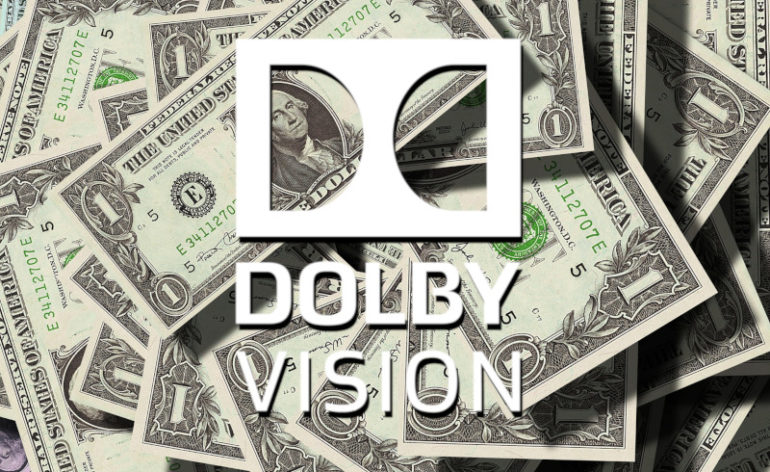Is Dolby Vision Worth It
One thing that manufacturers love to do, especially in the AV industry, is to slap a new logo on their gear. Any new feature that comes out becomes a race to see who can integrate it first. More than anything, they want either the bigger number (8k anyone?) or a brand new feature that no one has. Thus, when Dolby Vision was announced, it was quickly touted when it started showing up in receivers, displays, game systems, and players. But some features are more important than others. So, the question remains. Is Dolby Vision worth it? Is it a feature you should be looking for and what pitfalls should you avoid?
What Is Dolby Vision
Dolby Vision is a High Dynamic Range (HDR) solution for displays. It adds metadata to the video signal (usually HDR10 but not always) to provide frame-by-frame information about brightness. This metadata can be used by your player and display to create the most realistic and vibrant images possible.
The key with Dolby Vision is that it requires specific equipment and training in order to master the content. This further ensures that the content was mastered correctly. This gives Dolby Vision a leg up on the competition and makes it worth the extra cost. Usually. As long as the Dolby Vision is decoded in the right place.
Player-Led vs. Display-Led Dolby Vision
We’ve talked about the different versions of Dolby Vision in the past. Display-led Dolby Vision is nearly always best. The display knows how bright it can get so it can most accurately map the Dolby Vision metadata to its capabilities. The problem is that you don’t always know if your display can do the Dolby Vision decoding.
When you connect all your devices via HDMI, they all talk to each other. They share what video and audio signals they can provide and decode. Generally, they agree on what is the highest quality and connect that way. If your display can decode Dolby Vision (display-led Dolby Vision), then that is usually the default. As long as your source/player can provide the raw metadata. Not all sources can. That’s why it is worth your time to research the Dolby Vision capabilities of your purchases before you buy.
What Devices have Dolby Vision
In general though, if you want Dolby Vision, you’re going to have to buy a flat panel display. Currently, there are no Dolby Vision projectors on the market (and there are unlikely to ever be). So flat panels are it.
Most current-gen game systems cannot do Dolby Vision as of this writing. They are compatible with other HDR solutions. Why? Because Dolby Vision requires a licensing fee and the other HDR solutions do not. Microsoft has recently enabled Dolby Vision for games on their Xbox Series X and S, but not for discs or streaming. Plus, the Xbox solution can only be player-led (and that is unlikely to change). Sony has gone with their own version of HDR for the PS5 that is severely limited. The PS5 is unlikely to ever support Dolby Vision.
Receivers that sport the Dolby Vision logo don’t actually have to decode anything. They simply pass through the metadata. If you are receiver shopping, getting a receiver with Dolby Vision is practically a foregone conclusion. For older receivers, you may need to do some research. Just because it doesn’t say it supports Dolby Vision, doesn’t mean it won’t pass the metadata.
Lastly, we have players. Whether it is a disc player or a streaming device, you’ll want to check what type of Dolby Vision is supports. It is definitely worth your time to ensure that it can support TV-led Dolby Vision. There are lots of streaming solutions out there so shop carefully. Generally speaking, however, the streaming solutions (like the Chromecast, Apple TV 4k, and Fire solutions) can do display-led. Now you just need to make sure that your display can do it as well.
What About Other HDR Solutions?
Dolby Vision is considered the gold standard in HDR because there are fewer controls on the other HDR solutions. Dolby Vision requires licensing fees, special equipment, and special training. While this doesn’t guaranty that the Dolby Vision image will look the best, it definitely hedges your bets. With a display that can do frame-by-frame dynamic tone mapping, you can get a very similar image. But if you want the best, it is worth it to research your purchases to ensure you get the very best Dolby Vision solution out there.


